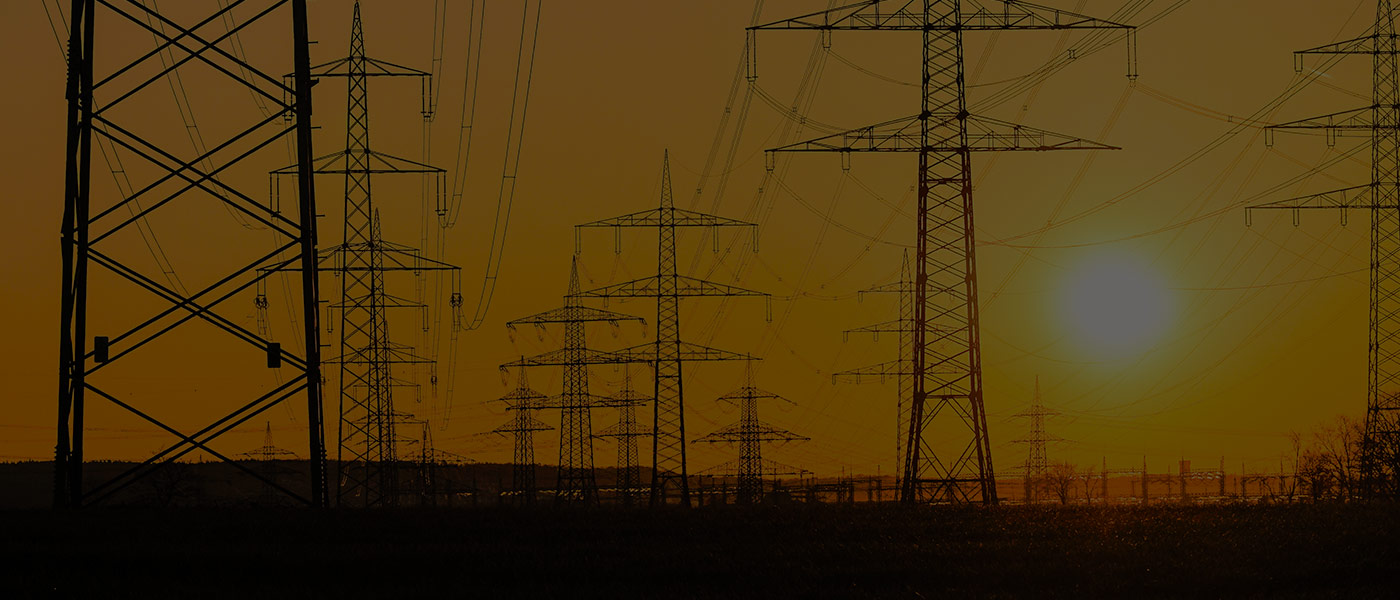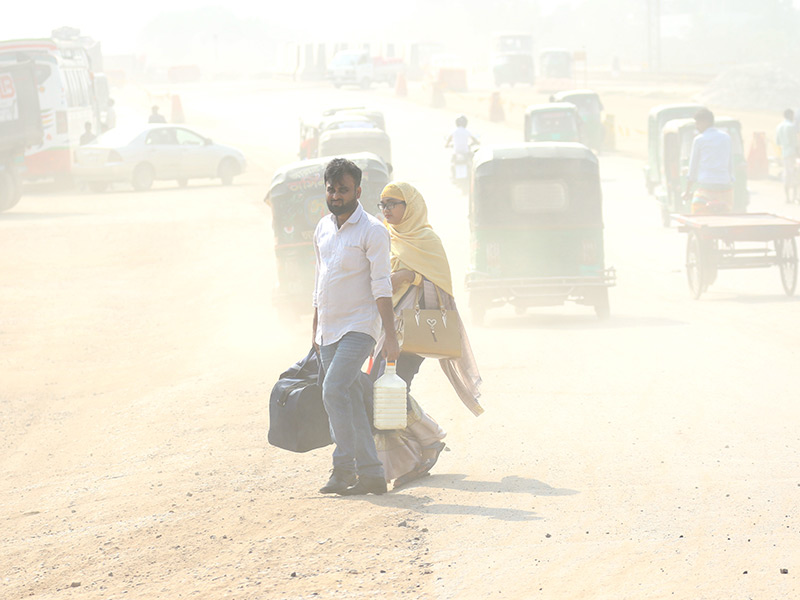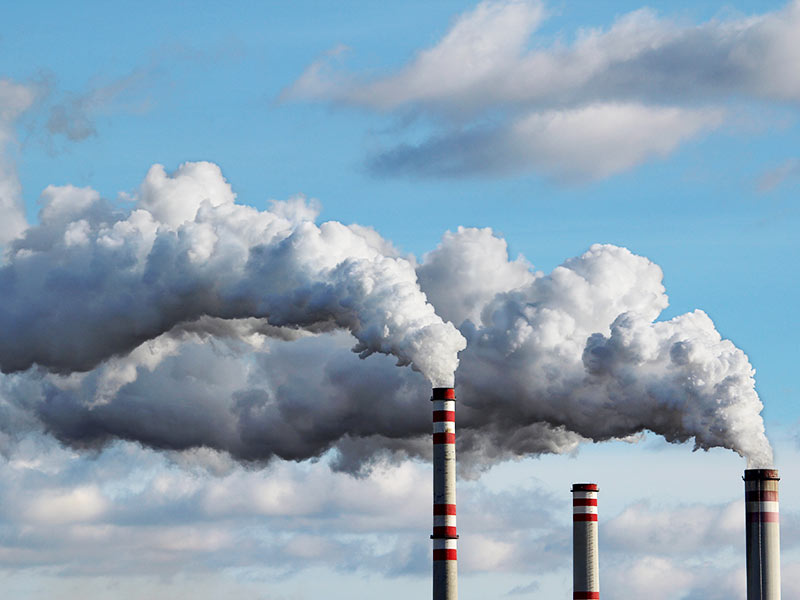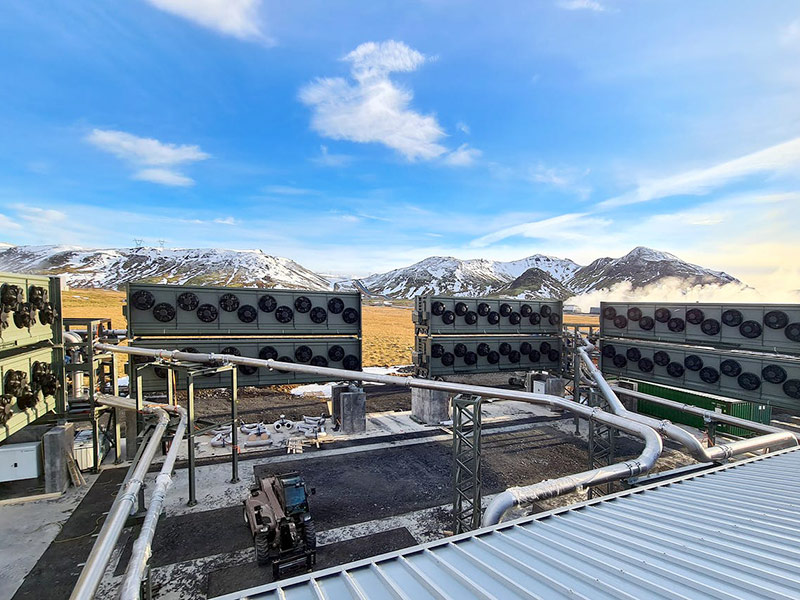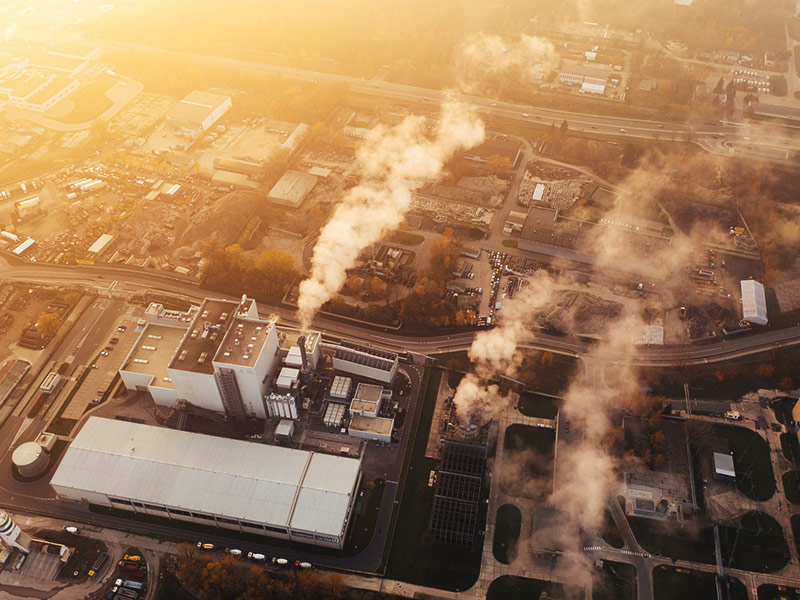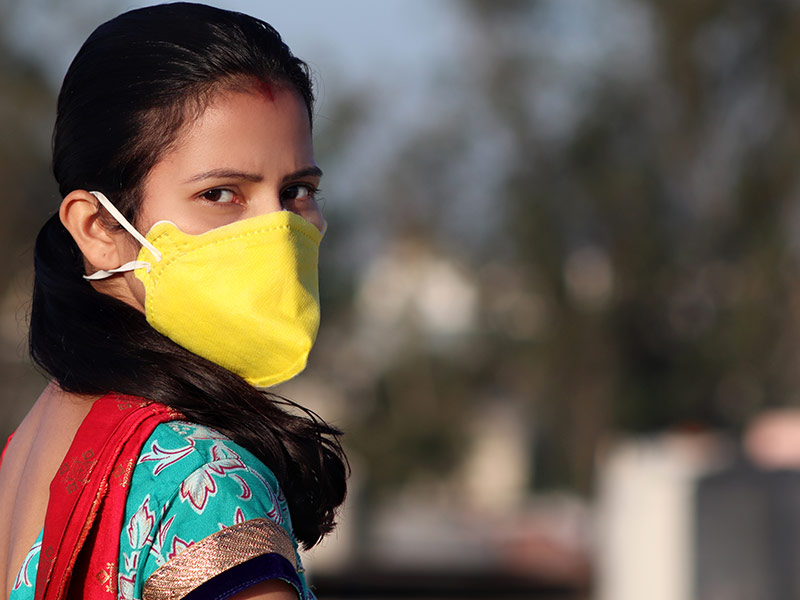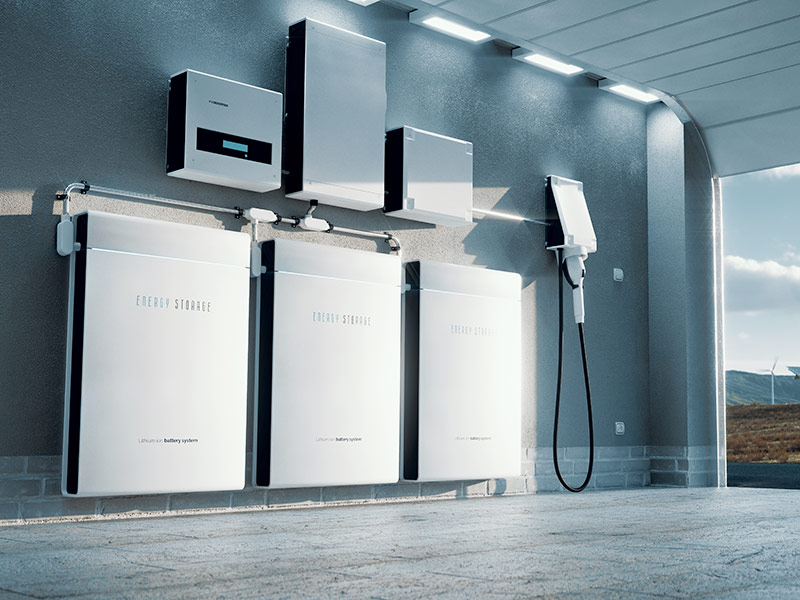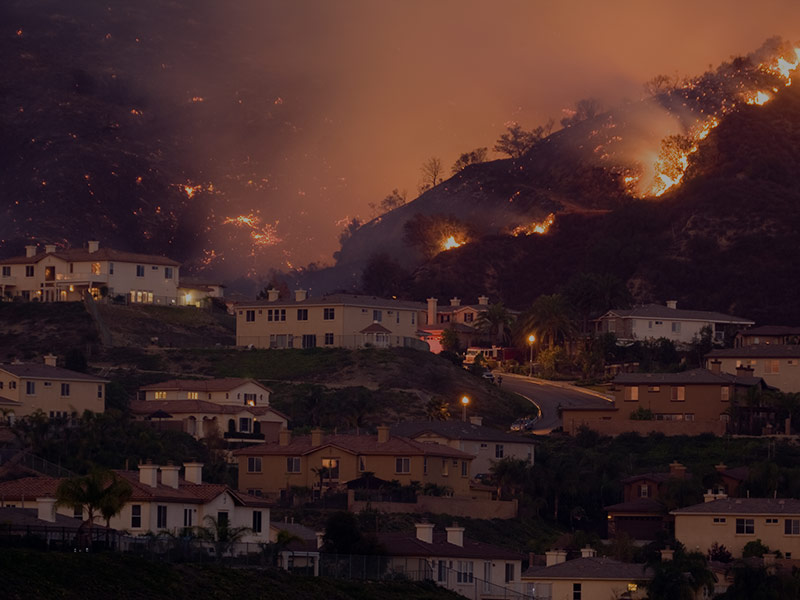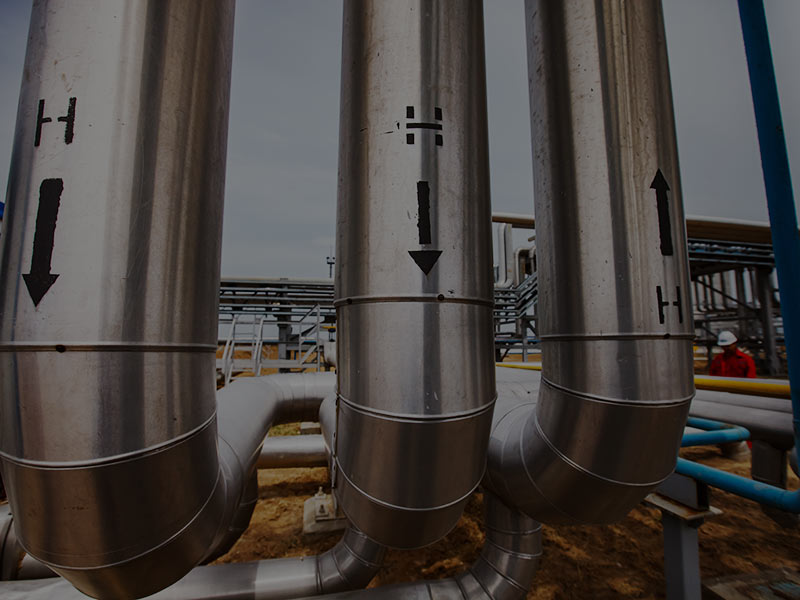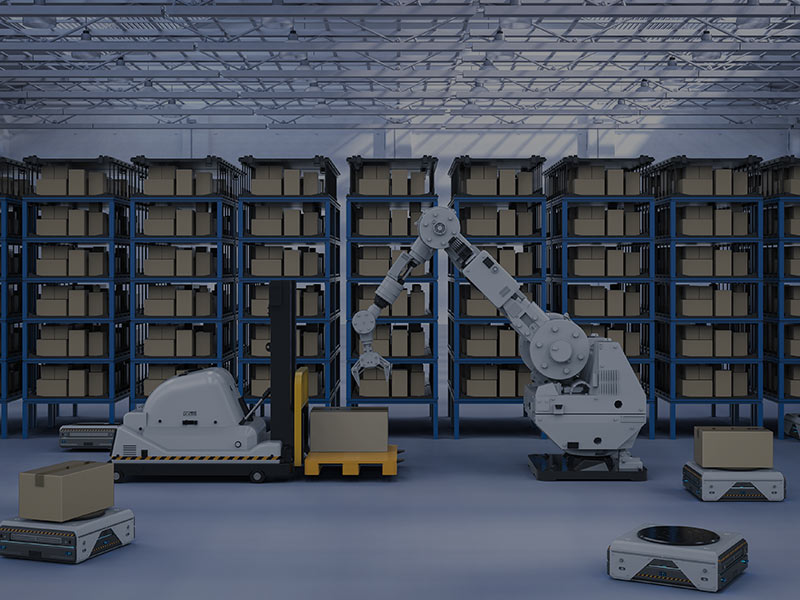Key Points
- Extreme heatwaves are pushing materials and equipment beyond their temperature thresholds.
- The vital infrastructure that modern society depends upon could buckle and even break as power lines, refrigeration units, roads, and rail lines simultaneously fail.
- Businesses can adopt a blended response that focuses on adaptation, resilience, and mitigation to counter this threat.
Overview
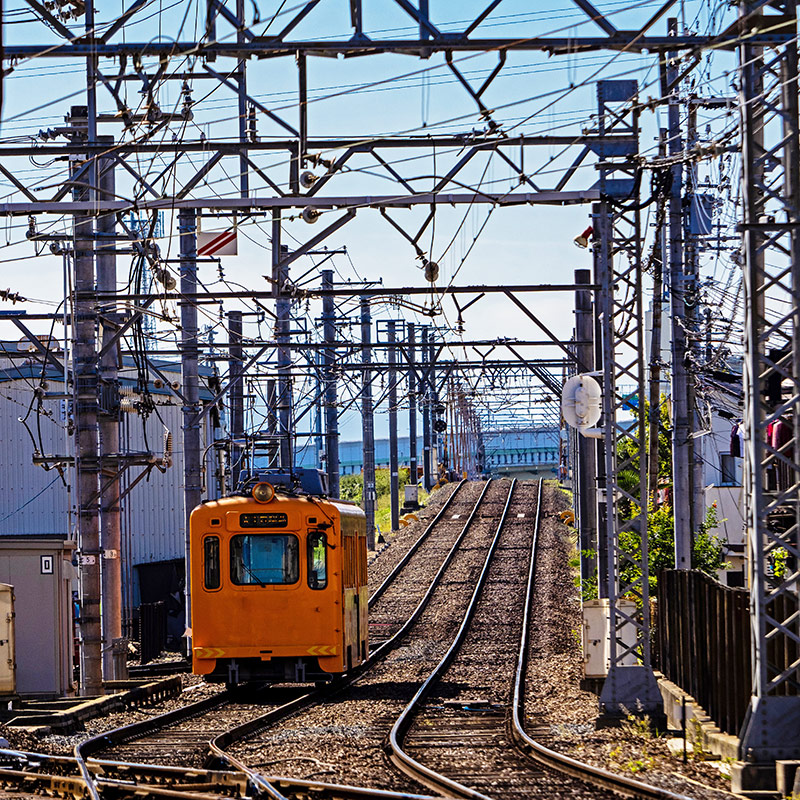
As extreme heatwaves become more common, it’s not only people who must learn to cope with them. The infrastructure that society depends upon could buckle and even break as power lines, refrigeration units, roads, and rail lines simultaneously fail. Businesses could face disruption to both their own processes as well as access to goods and services, with knock-on effects for consumers and employees.
What’s New
Infrastructure, utilities, and manufacturing are under increasing stress as heatwaves push materials and equipment beyond their temperature thresholds. This could have a serious effect on the businesses and communities that rely upon the essential services these sectors provide. Damaged roads, delayed trains, and grounded airplanes could cause huge travel and supply chain disruptions, for instance. Rolling blackouts are also likely to increase.
To counteract this threat, US state infrastructure departments are moving away from designs based on historical climate records and instead considering how temperatures may change over the infrastructure’s lifespan.
The urgency of this shift cannot be overstated. The years from 2015 to 2021 were the warmest on record. In 2021, devastating heatwaves attributed to climate change hit North America, North Africa, Europe, and Eurasia, while this March was the hottest in India since records began 122 years ago.
In the years ahead, heatwaves are expected to worsen in most places, but especially over Africa, Central and South America, and Southeast Asia. In fact, unless we cut our greenhouse gas emissions quickly, weeklong record-breaking heat extremes will be up to seven times more likely in the decades to 2050.
As the world heats up, energy utilities will struggle to cope with production, transmission, and demand. Thermoelectric power plants may have to cut capacity as the river water they use for cooling warms. In 2018, for example, a Swiss nuclear power plant had to reduce its output by 10 percent due to rising temperatures in the river that cools the plant’s reactor. Several other reactors across Europe have faced similar problems due to rising temperatures in the river that cools the plant’s reactor.
Solar panels also make less electricity when they become too hot. Furthermore, extreme heat could lower the ability of transmission lines to carry power by some 6 percent by mid-century. Transformers are more likely to fail too; one study by MIT found that for every 1-degree rise in temperature, the lifetime of a transformer decreases by four years.
Heat impacts on energy infrastructure will be accompanied by spiking electricity demand. The use of refrigerators and air conditioning is expected to increase; one recent study found that with a global mean temperature rise of 2°C, summertime aircon demand could rise 13 percent in the US.
Global expectations for air conditioning and a decrease in cost will also drive a surge in sales. The global stock of air conditioners is predicted to grow from 1.6 billion in 2018 to 5.6 billion by 2050. India is expected to account for a third of all sales of air conditioners over the coming decades, according to the International Energy Agency.
Together, this increased demand and threatened supply could exacerbate the risk of rolling blackouts. For example, the recent heatwave in India and Pakistan led to rolling blackouts of up to 18 hours as energy demand for air conditioning spiked, leading to a rapid ramping up of coal-fired energy production. In the US, meanwhile, the number of power failures each year doubled between 2015 and 2020. These power failures were more likely to occur in the summer, which suggests they were driven in part by high temperatures.
On top of blackouts, telecommunications companies and internet providers face difficulties with infrastructure such as telecoms towers, servers, and data centers. Telecom towers have refrigerated huts at their base containing the computers that control cell traffic. On hot days, the computers may shut down to keep cool or simply fail, disrupting services across the cellular network.
Extreme heat also risks pushing data center cooling systems beyond their limits, which can leave businesses and individuals unable to access email, web and other IT services—a phenomenon that impacted some telecommunications customers in Western Australia during 2021’s record-breaking Christmas Day temperatures.
Transport infrastructure is at risk too. Extreme heat damages roads, rail tracks, bridges, and railway and streetcar power cables. Cars are more likely to break down too, and truck refrigeration units can fail, threatening the cold chain. During Europe’s scorching heatwave of 2019, flights were also delayed or cancelled as planes were unable to take off (the heat reduced air density to the point where it didn’t provide planes with enough lift).
Manufacturers could also experience problems as instances of extreme heat increase. During the assembly of cars or furniture, they may have to contend with adhesives and paint that don’t dry or cure properly, for example, or holes that don’t line up due to expanding materials. These variables will impact cost, quality, and delivery of goods.
Signals of Change
In June 2021, a heatwave in the US Pacific Northwest buckled and cracked roads, brought rolling power blackouts, and melted streetcar power cables in Portland. Workers, including firefighters, had to spray steel bridges in Seattle with water from cooling or fire trucks to stop them buckling in the heat, diverting essential rescue services. According to one study, the heatwave would have been “virtually impossible” without climate change.
In December 2021, extreme heat in Western Australia caused a data center cooling system malfunction that took down the email and web servers of internet service provider iiNet. The outage, which occurred on Christmas Day, left customers unable to access iiNet’s website and domain email services. The company’s Perth facility also suffered an outage in 2015 due to heatwave conditions.
A heatwave in Argentina earlier this year left around 700,000 in Buenos Aires without electricity when power grids failed. The heatwave also prompted water cuts in the province of Mendoza, with the local water utility forced to request that users limit their consumption. The region's aging water infrastructure reportedly suffers from losses equivalent to 40 percent of potable water production.
Fast Forward to 2025
Nobody thought my job was that important until the mega heatwave of 2024, with its multiple blackouts and sewage plant failures. Now, people listen when I talk about controllers...
The Fast
Forward
BSR Sustainable Futures Lab
Implications for Sustainable Business
Power, transport, refrigeration—these are the critical infrastructure on which health, commerce, and livelihoods depend. Indeed, this infrastructure is so important that intentionally destroying it may be considered a war crime.
This highlights the severity of the risk posed by extreme heat. Although individual impacts on infrastructure—such as reduced capacity in transmission lines—are disruptive, when combined with other failures like melted roads, buckled rail lines, and failing refrigeration systems, they could threaten the very foundations of modern society.
When we think about risks from extreme heat, we need to think about cascading risks using a systems lens. Extreme heat is going to affect the movement of people and value chains. Multiple things can go wrong in the system simultaneously. For example, the energy system is vulnerable to extreme heat and connected to almost every other system we have—health, mobility, water—and these could be severely disrupted too.
As extreme heat becomes more common, businesses can adopt a blended response that focuses on adaptation, resilience, and mitigation to counter this threat. Measures could include adapting their products and services, designing and building equipment and infrastructure for more extreme conditions, and investing in manufacturing environments that protect workers and production. Supporting local adaptation measures to mitigate impacts of extreme heat and increase resilience for themselves and the community will also be important, along with accelerating efforts to reduce climate change.
To boost reliability, certain products, infrastructure, and outdoor equipment will need to be designed to new standards that accommodate higher temperature thresholds. Work is already underway to update the Eurocodes—the European Standards for Structural Design—to focus on projected temperature changes rather than on historical climate conditions. Similarly, the American Society of Heating, Refrigerating and Air-Conditioning Engineers (ASHRAE) has also updated Standard 169, which provides a variety of climatic information used primarily for the design, planning, and sizing of building energy systems and equipment.
Businesses can stay informed on updated international standards and modify their designs, perhaps retrofitting products where possible. The developments will require substantial investment in R&D for product, equipment, and machinery design, as well as new technology. Innovative firms in the technology sector would benefit from planning now for investment in new materials, cooling systems, and high-reliability electronic components that can survive at higher temperatures.
As current equipment and products are pushed beyond their design standards, they are likely to fail sooner too. This could have implications for product warranties, which may not account for the effects of extreme heat on performance or lifespan, as well as company liability for product failures.
In some industries, failure to adapt and maintain infrastructure could even prove lethal, and companies may be found criminally liable for their inaction. Businesses can consider the cost of replacing, upgrading or adapting equipment, infrastructure, and fleets that are no longer reliable. Company accounting will also need to reflect the shorter lifetimes of certain capital goods.
The standards that machines are designed to are not keeping up with the rate of change in the climate, and the design cycles are quite long. So it could be many years before we have machinery that is able to tolerate extreme heat events. As a result, we may continue to suffer from poor reliability and infrastructure failures until the design process catches up with climate change.
Responsible businesses can ensure that customers continue to receive their service or products so that local communities remain safe. The social and health risks of heatwaves are exacerbated by power outages that knock out essential services, for example, which could put residents at risk of heatstroke or even death—especially those from historically underserved and low-income communities.
To help themselves and local communities become more resilient to extreme heat, businesses can work with local governments and municipalities and consider cross-sectoral location-based partnerships to make infrastructure for services like transport, electricity, cooling and water more reliable. This will require both immediate investment and longer-term solutions such as localized renewable energy systems and community-level adaptations. In developing economies, climate-smart infrastructure offers an opportunity to boost economic development and create jobs.
By redesigning their facilities to improve cooling, manufacturing businesses should be able to continue operating in a world of extreme heat. These efforts must consider climate change mitigation measures—for example, access to renewable energy or building design that facilitates cooling. But the most critical action for any business is the reduction of greenhouse gas emissions to reduce further warming.
![]()
Previous issue:
Sustainability in Space: The Next Frontier
![]()
Next issue:
Nature Positive Gathers Momentum
